Tsingy de Bemaraha: Navigating Madagascar's Stone Forest
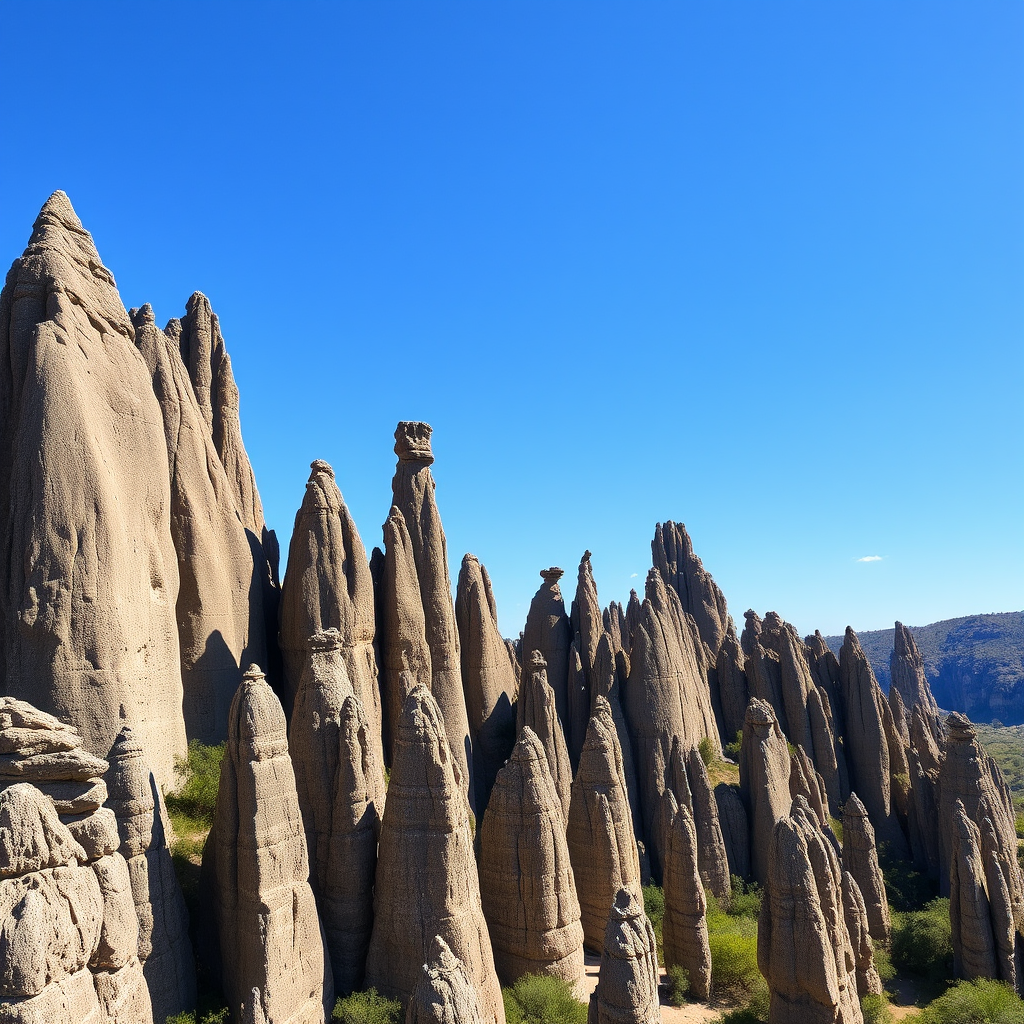
Madagascar's Geological Marvel
The Tsingy de Bemaraha National Park stands as one of Madagascar's most extraordinary natural wonders and represents a must-visit destination for adventurous travelers exploring places to visit in Madagascar. This UNESCO World Heritage site showcases a unique karst landscape where millions of years of erosion have carved razor-sharp limestone pinnacles into towering stone forests that stretch across 152,000 hectares of protected wilderness.
Located in western Madagascar, approximately 300 kilometers from Antananarivo, the Tsingy formations create an otherworldly landscape that challenges even experienced climbers and hikers. The word "tsingy" comes from the Malagasy language, meaning "where one cannot walk barefoot," perfectly describing these knife-edge limestone formations that require specialized equipment and careful navigation.
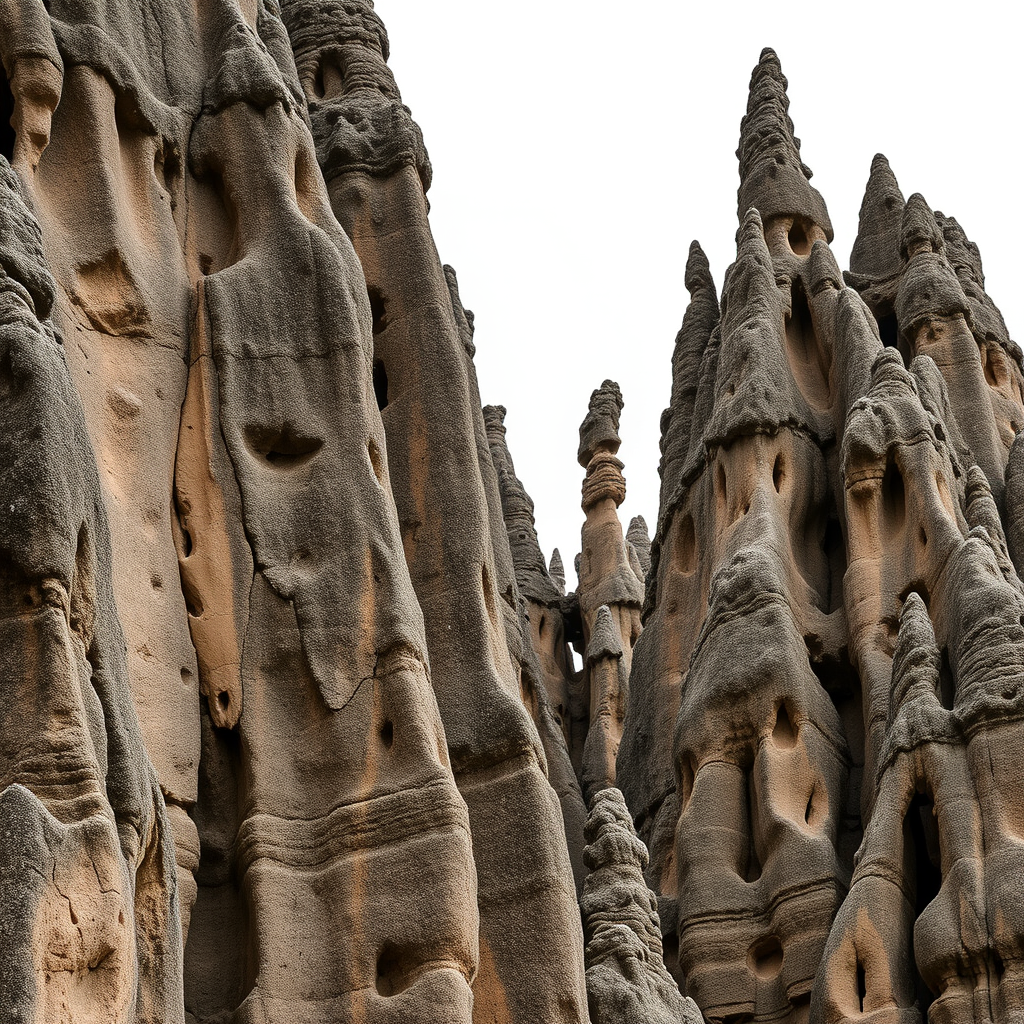
Grand Tsingy vs Petit Tsingy: Choosing Your Adventure
Petit Tsingy: The Accessible Introduction
For those new to Madagascar tourism or seeking a less demanding experience, the Petit Tsingy offers an excellent introduction to this unique landscape. The circuit here requires approximately 1.5 to 2 hours to complete and features well-maintained paths with safety cables and bridges. While still requiring basic climbing gear, the Petit Tsingy provides stunning views and photo opportunities without the extreme technical challenges of its larger counterpart.
The Petit Tsingy circuit includes several suspension bridges that offer breathtaking panoramic views of the limestone formations below. Visitors can explore natural caves, observe unique plant adaptations, and experience the remarkable acoustics created by the stone formations. This route is suitable for families with older children and provides an excellent taste of the Tsingy experience.
Grand Tsingy: The Ultimate Challenge
The Grand Tsingy presents a full-day adventure that demands physical fitness, proper equipment, and experienced guides. This challenging circuit takes 6 to 8 hours to complete and involves technical climbing, rappelling, and navigating through narrow passages between towering limestone spires. The reward for this effort includes access to some of Madagascar's most spectacular and remote landscapes.
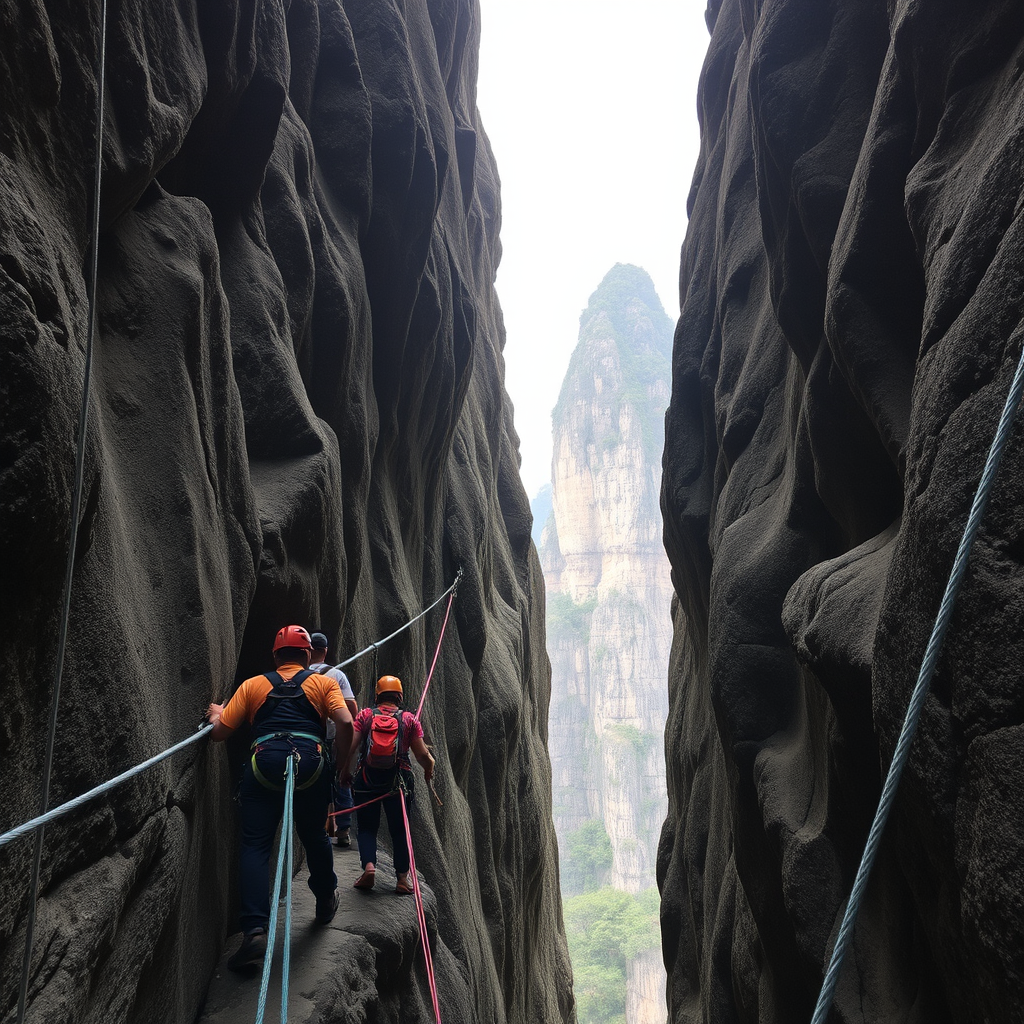
Essential Equipment and Safety Precautions
Required Climbing Gear
Proper equipment is absolutely essential for safely navigating the Tsingy formations. All visitors must wear:
- Safety harness: Full-body harnesses are recommended for maximum security
- Helmet: Mandatory protection against falling rocks and low overhangs
- Sturdy hiking boots: Ankle support and excellent grip are crucial
- Gloves: Heavy-duty gloves protect hands from sharp limestone edges
- Via ferrata set: Specialized climbing equipment for secured movement
Safety Guidelines
The razor-sharp nature of the limestone formations demands strict adherence to safety protocols. Never attempt to navigate the Tsingy without an experienced local guide who knows the routes intimately. Weather conditions can change rapidly, making wet limestone extremely dangerous. The park authorities require all visitors to sign safety waivers and participate in brief safety orientations before beginning their climbs.
Physical preparation is crucial for Grand Tsingy expeditions. Visitors should have good cardiovascular fitness, no fear of heights, and experience with basic climbing techniques. The combination of physical exertion, heat, and technical challenges makes this adventure unsuitable for those with heart conditions, mobility issues, or severe acrophobia.
Wildlife in the Stone Forest
Despite the seemingly inhospitable environment, the Tsingy de Bemaraha supports remarkable biodiversity that makes it a highlight among places to visit in Madagascar. The limestone formations create unique microclimates and isolated habitats that have allowed endemic species to evolve in extraordinary ways.
Endemic Bird Species
The Tsingy serves as a crucial habitat for several rare bird species found nowhere else on Earth. The Madagascar fish eagle, one of the world's rarest raptors, nests in the tall limestone pinnacles and hunts in the rivers flowing through the formation. Visitors might also spot the striking red-capped coua, various species of vangas, and the elusive Madagascar harrier-hawk navigating between the stone towers.
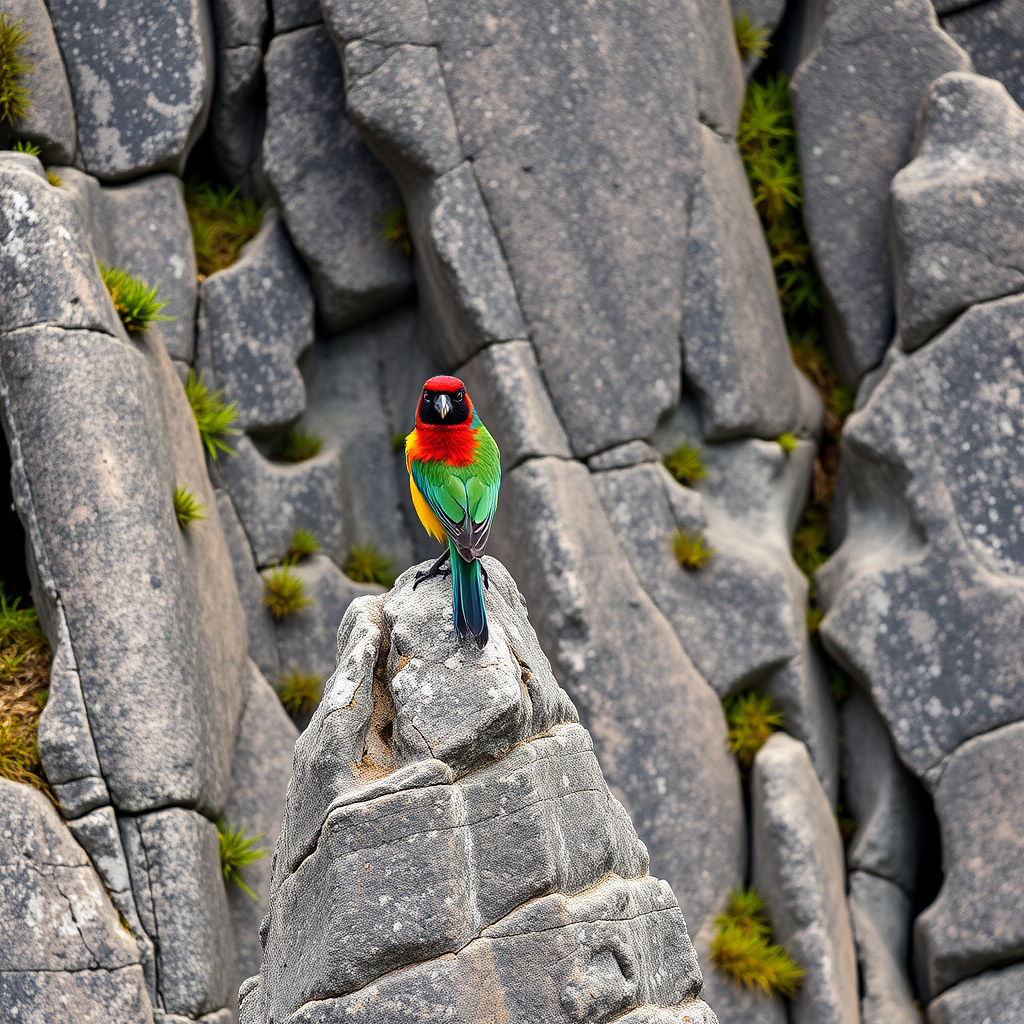
Unique Plant Adaptations
The flora of the Tsingy demonstrates remarkable adaptations to extreme conditions. Pachypodium species, known locally as Madagascar palms, grow directly from limestone cracks, their swollen trunks storing water for dry seasons. Numerous succulent species have evolved to thrive in the mineral-rich but water-scarce environment, creating gardens of unusual beauty within the stone labyrinth.
Baobab trees find purchase in the deeper soil pockets between formations, their massive trunks creating striking contrasts against the sharp limestone backdrop. During the rainy season, ephemeral pools form in limestone depressions, supporting temporary ecosystems that include endemic frogs and aquatic plants.
Planning Your Tsingy Adventure
Best Time to Visit
The optimal period for exploring the Tsingy de Bemaraha extends from April to November during Madagascar's dry season. During these months, the limestone formations are dry and provide better grip for climbing, while the absence of rain reduces the risk of flash floods in the canyons below. The cooler temperatures of the dry season also make the physically demanding climbs more comfortable.
Avoid visiting during the rainy season (December to March) when the limestone becomes extremely slippery and dangerous. Heavy rains can also make the access roads impassable, potentially stranding visitors or preventing access to the park entirely.
Getting There and Accommodation
Reaching the Tsingy de Bemaraha requires careful planning as part of your Madagascar tourism itinerary. The journey from Antananarivo typically involves a combination of paved and unpaved roads, taking approximately 8-10 hours by vehicle. Many visitors choose to break the journey with an overnight stop in Morondava, famous for the Avenue of the Baobabs.
Accommodation options near the park range from basic camping facilities to comfortable eco-lodges. The nearby village of Bekopaka offers several guesthouses and restaurants catering to park visitors. Booking accommodation in advance is essential, especially during peak tourist season from July to September.
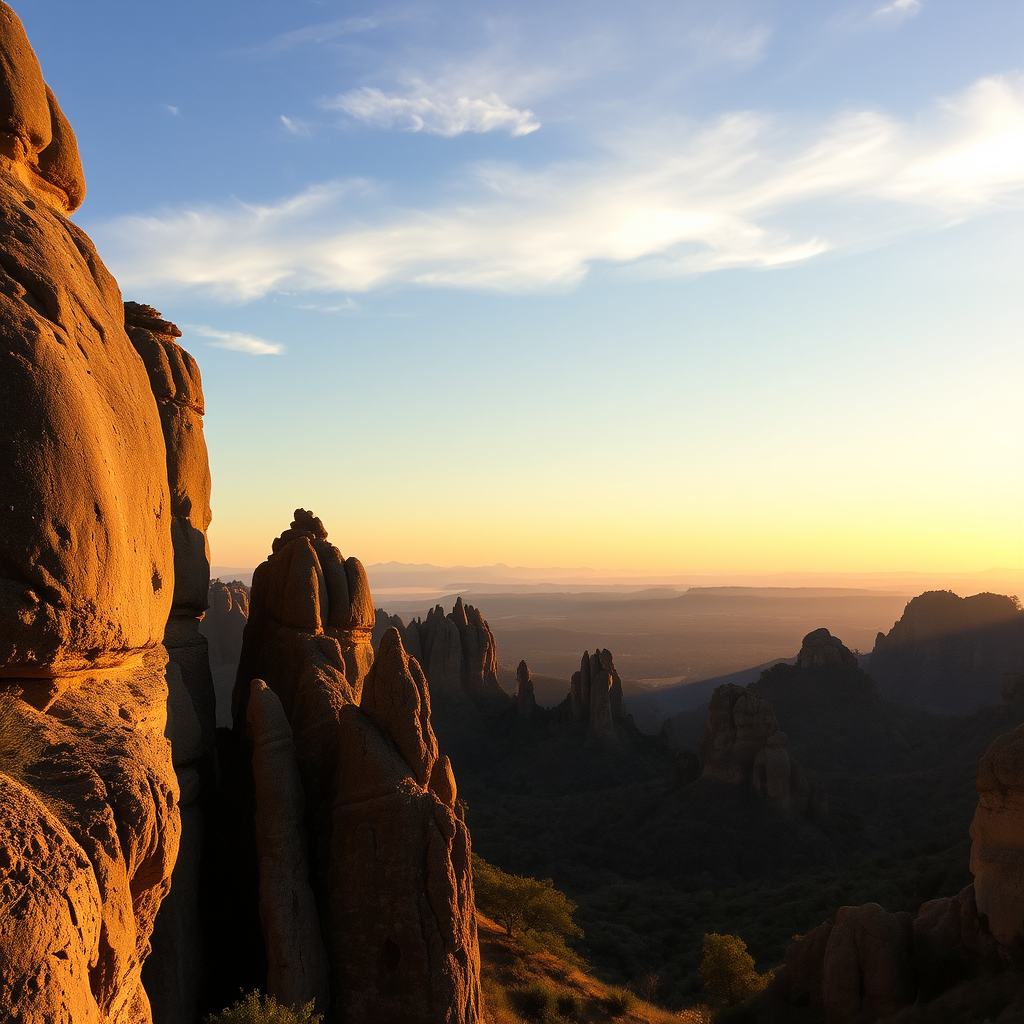
Conservation and Responsible Tourism
The Tsingy de Bemaraha represents not only a spectacular destination for adventure tourism but also a critical conservation area protecting unique ecosystems and endemic species. Visitors play an important role in supporting conservation efforts through park fees and by choosing responsible tour operators who prioritize environmental protection and community benefits.
The fragile nature of the limestone formations means that even small impacts from tourism can have lasting effects. Visitors should strictly follow designated paths, avoid touching or climbing on unprotected formations, and pack out all waste. The park's "Leave No Trace" principles help ensure that future generations can experience this natural wonder in its pristine state.
Local communities around the Tsingy benefit from tourism through employment as guides, porters, and in hospitality services. Supporting these community-based tourism initiatives helps create economic incentives for conservation while providing authentic cultural experiences for visitors exploring the diverse places to visit in Madagascar.
Beyond the Stone Forest
While the limestone formations are the main attraction, the Tsingy de Bemaraha National Park offers additional experiences that complement the climbing adventure. The Manambolo River provides opportunities for peaceful canoe trips through dramatic gorges, offering different perspectives of the limestone cliffs and chances to spot crocodiles, birds, and other wildlife.
The park also protects significant areas of deciduous forest that harbor different wildlife communities, including several lemur species, fossas, and numerous reptiles and amphibians. These forest areas provide welcome shade and different hiking experiences for those seeking variety in their Madagascar tourism adventure.
Nearby attractions include traditional Sakalava villages where visitors can learn about local culture and customs, and the famous Avenue of the Baobabs, making the Tsingy an excellent component of a comprehensive western Madagascar itinerary. The combination of adventure, wildlife, culture, and stunning landscapes makes this region one of the most rewarding places to visit in Madagascar.
Experience the adventure of a lifetime in Madagascar's stone forest - where every step reveals new wonders in one of the world's most unique landscapes.